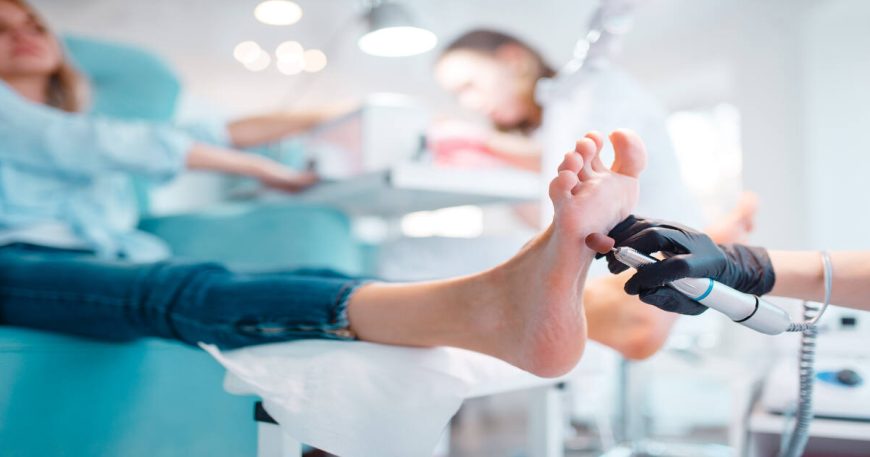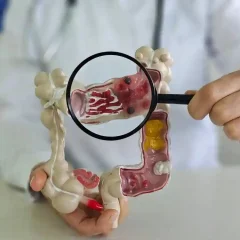
The profession of a podiatrist is developing at a blistering pace and this can be attributed to the improvement in medical technology, shift in the demographics of patients and growing emphasis on preventive medicine and the aspect of holistic health. Consequently, the education and research of podiatry should be able to adjust to equip future practitioners with the challenges and opportunities presented in the future. This blog investigates the future of education and research in the field of podiatry with focus on several major tendencies and innovative approaches that are transforming the sphere.
1. Evolving Educational Models
There is a great revolution in podiatry education to acquaint students with skills and knowledge to meet the current practice.
Integration of Technology
- Online Learning Platforms: With the advent of online learning, the podiatry programs have become easily able to provide flexible learning opportunities. Combination models that integrate face-to-face and online courses give learners the opportunity to reconcile their education and clinical practice.
- Simulation and Virtual Reality: Development of simulation technology gives the student a real-life experience in a controlled setting. Surgery and interaction with patients can also be simulated using virtual reality (VR), in this case, students will acquire skills without the danger of causing harm to real patients.
Interprofessional Education
- Collaborative Learning: In the future, the field of podiatry education will have a tendency to resemble interprofessional education (IPE), wherein students of multiple medical fields learn together. The strategy will lead to teamwork and communication, which are vital in offering holistic care to the patient.
- Holistic Approach: The combination of knowledge of different disciplines, including orthopedics, physical therapy, and nursing, will allow the students of the podiatric profession to learn about the interconnectedness of patient health and become better able to manage complex conditions.
2. Focus on Research and Evidence-Based Practice
The research is also important in promoting podiatry as a reputable medical profession. The future of podiatry learning and practice will be influenced by an emphasis on evidence-based practice. This includes a growing focus on preventive care and public health, where research will investigate large-scale health campaigns to prevent foot-related diseases. For specific, actionable methods that will be informed by this research, you can explore our guide on preventive foot care strategies.
Encouraging Research Participation
- Student Involvement: Podiatry programs are working much to get students involved in research projects. Participation in research will improve the level of critical thinking and deeper comprehension of the scientific nature of podiatric medicine.
- Mentorship Opportunities: To encourage the next generation of podiatrists to become innovative in the questions of research, it is possible to set up mentorship programs where students are mentored by experienced researchers and thus make a contribution to the field of knowledge.
Emerging Areas of Research
- Preventive Care and Public Health: With the rise of the interest in preventive care as a clinical area, the contribution of foot health to general health will be a topic of growing interest in many studies of the field. Studies into the health campaign of the masses that will be conducted to prevent the occurrence of foot related diseases will be of much importance.
- Technology and Biomechanics: The development of technology, including wearables and telemedicine, will provide a push to explore the ways of improving podiatric care through these technologies. Biomechanical studies will also remain any research since the mechanics of the foot should be comprehended to achieve a successful treatment.
3. Emphasizing Clinical Skills and Patient-Centered Care
The future of podiatry education must focus on the advancement of clinical skills and patient-centered approach.
Hands-On Training
- Enhanced Clinical Rotations:The Podiatry programs will probably increase the number of clinical rotations in different environments which will help the students gain experience in all forms of podiatric care such as surgery, diabetic foot care and sports medicine.
- Skill Development Workshops:The introduction of workshops that emphasize on practical skills like casting, foot orthotic production, and patient evaluation will help the graduates to be well balanced to start practicing in the real world.
Patient-Centered Approach
- Holistic Patient Care: Future podiatrists will be oriented to take a holistic approach towards patient care, not just the physical considerations of the foot health but also emotional and psychological factors that might affect the recovery.
- Communication Skills: The ability to communicate well with the patients plays a key role in establishing trust and confidence in the treatment plan. More emphasis will be offered on the education programs on building up good communication and counseling skills.
4. Lifelong Learning and Professional Development
The relevance of lifelong learning will be revealed even more when the sphere of podiatry will keep developing.
Continuing Education Opportunities
- Mandatory Continuing Education:A significant number of the podiatric boards are already making continuing education mandatory to renew the license. This is a trend that is likely to be maintained and practitioners will have to keep abreast of new developments in the profession.
- Online Resources and Webinars: The accessibility of online resources and webinars will facilitate the access of the podiatrists to continuing education opportunities which will enable them to learn at their own pace and convenience.
Networking and Collaboration
- Professional Organizations: The involvement of professional organizations will give access to networking, research, and professional development by the podiatrists.
- Collaborative Research Initiatives: Promoting partnerships among podiatry educational facilities, research centers, and health care facilities will grow new research and will result in educational and practice developments in the field of podiatrics.
Conclusion
The future of podiatry education and research is occupational, full of prospects of innovation and development. Through integrating technology, promoting interprofessional collaboration, and focusing on the needs of patients, the podiatric organizations can equip future professionals to address the changing needs of patients.
The future of the healthcare industry is constantly evolving, and a dedication to lifelong learning and research will see podiatrists keep delivering high-quality and evidence-based care. The common interest between the educators, researchers, and practitioners will further stimulate the further development of podiatry, which will improve the overall well-being and the health of the feet of patients worldwide.




